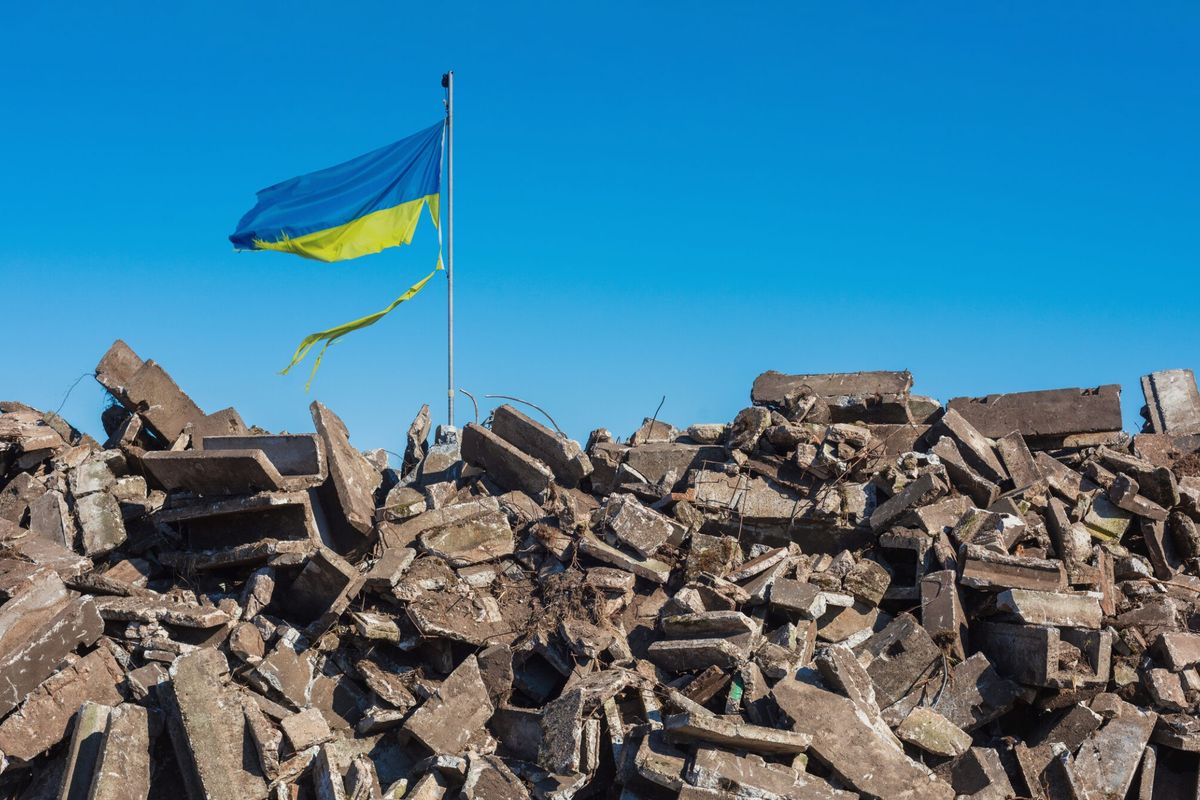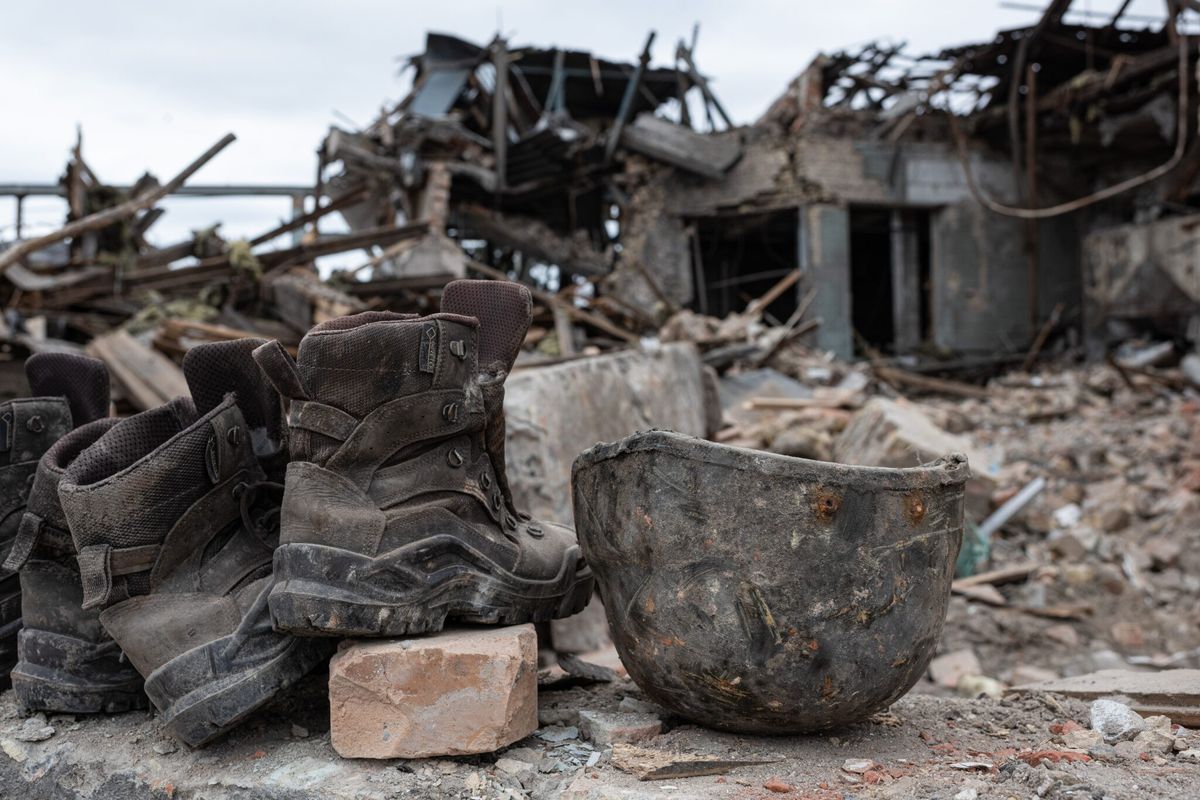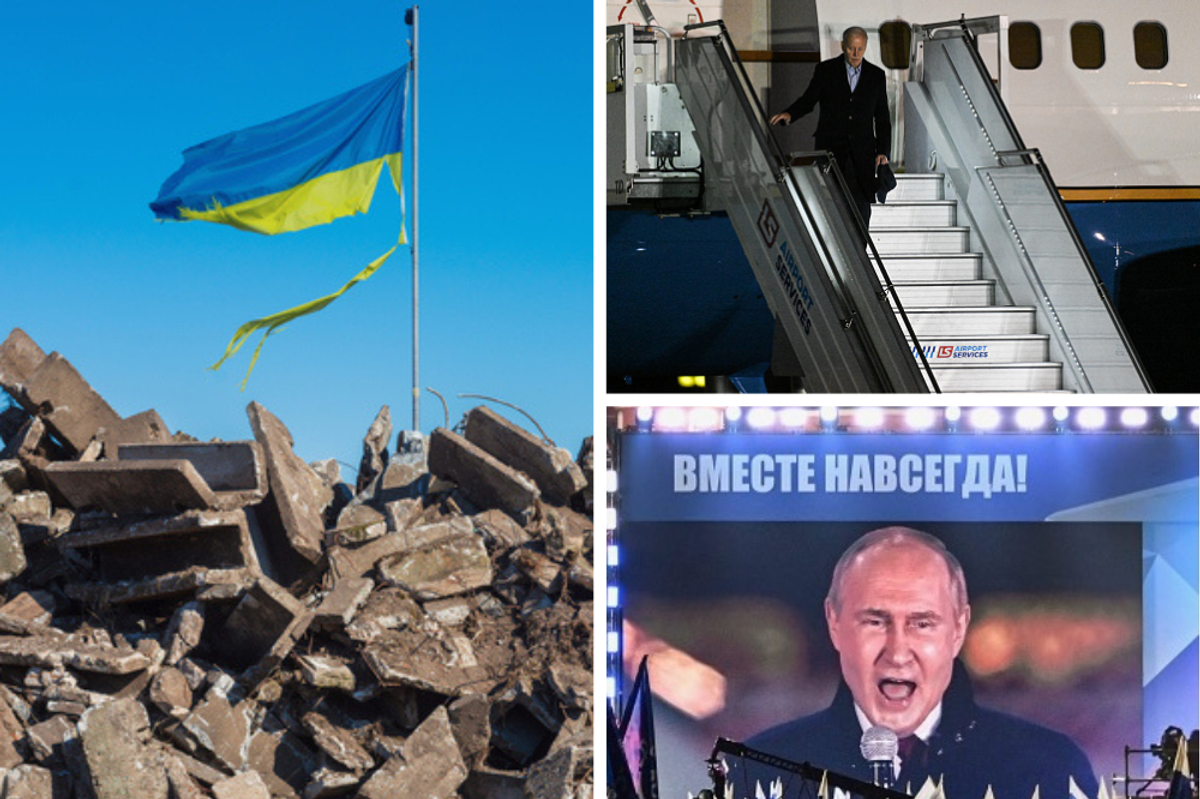Hypersonic weapons will be capable of carrying nuclear warheads, yet so far there is little discussion on the role of arms control. The Cipher Brief spoke to David Wright, co-director of the Union of Concerned Scientist’s Global Security Program to learn more about what is involved in establishing an international arms control regime for hypersonic weapons and how this effort will change once these weapons have been deployed.
The Cipher Brief: Russia, China, and the U.S. are concurrently developing hypersonic weapons that can be used to deliver a nuclear warhead. What unique challenges does this pose for arms control regimes?
David Wright: Past nuclear arms negotiations have typically involved two countries—the United States and the Soviet Union/Russia — which had rough parity in their military forces. Including China, and probably India, in negotiations would add complexity to the negotiating process—because of the additional negotiating parties, the other issues they would bring to the table, and the disparity of military capabilities among the countries. To the extent that these countries may see this new class of weapons as providing new capabilities that they see as useful in particular scenarios, the current level of tensions between some of these countries could reduce their willingness to accept limitations.
On the other hand, long-range hypersonic weapons do not currently exist. Efforts to ban testing and possession of these weapons before they have been developed and deployed are likely to be more successful than trying to limit them once they have entered arsenals. Negotiations would have to take into account differences in the technical capabilities of these countries, which would affect the potential breakout time from such a treaty, and differences in surveillance systems the various countries possess, which will affect the level of verification and the confidence each country has in the agreement.
An alternate approach would be to negotiate a global ban on these weapons, following the example of the Comprehensive Nuclear Test Ban Treaty (CTBT). Such a process would likely take considerably longer than negotiating with a smaller set of states; this approach might be better as a follow-on step to extend such a ban to all countries.
TCB: Hypersonic weapons are still in the development stage, how will the transition from development to deployment change how we manage them? Is there a shrinking window of opportunity for certain policy courses?
DW: No country has yet developed a working hypersonic weapon. Developing such a weapon would require a series of tests in the atmosphere that would be observable. A ban on testing would therefore be an effective and verifiable way to assure countries that no one was developing the capability. The United States is in a particularly strong position to verify a test ban on hypersonic gliders, since it could use its satellite infrared sensors to detect the rocket launch that boosts the weapon to high speed, as well as the atmospheric heating of the glider as it moves through the air.
Efforts to limit the weapons after the technology has been proven and deployed are likely to be more difficult. In that case, it may be more difficult for countries to have confidence that others are abiding by treaty limits and have not hidden a cache of these weapons. Even if all countries destroyed any existing weapons, having a proven design would reduce the time needed to break out of the treaty. These issues can be addressed but would likely lead countries to insist on more intrusive inspection regimes to gain confidence in the treaty, which would complicate negotiations.
Based on recent testing activity, especially by the United States and China, it is possible there will be progress toward developing relatively short-range hypersonic weapons in the next few years, although technical barriers are likely to keep truly long-range weapons from being developed for considerably longer.
Therefore, the best time for controlling these weapons is now. While the United States has the lead in the technology, it also has much to gain from preventing other countries from developing these weapons. More generally, a decision not to build weapons that have a short warning time helps reduce the risk of crisis instability due to an adversary feeling pressured to respond quickly to a perceived attack. This concern appears to have led, among other things, to China considering putting its nuclear missiles on hair-trigger alert for the first time.
TCB: Have policy makers in the U.S., China, and Russia begun to discuss how to manage hypersonic weapons either internally or amongst each other?
DW: I don’t know of discussions going on either within or among these countries about limiting or managing hypersonic weapons. Unfortunately, times of increasing international tensions are when such discussions are most needed, and also when they are typically hardest to bring about. These countries are, however, likely developing better ways to monitor the testing of these weapons by other countries, and these methods could be useful for verifying a test ban.
TCB: What role can organizations like the UCS play in pursuing Track II dialogues or similar measures?
DW: Non-government organizations and experts can help in several ways. They can draw attention to the issue and provide information to start a public discussion of implications and policy options. They can also do the detailed background work to provide policy makers and others with information about the technology and key questions to be considered, as well the value of banning flight testing to stop development and deployment, and methods of verifying a testing ban. By developing policy options and briefing policy makers they can help advance a course of action.
In addition, U.S. experts can use their contacts with experts in other countries to begin an international dialog that is important for trading and assessing ideas and considering options for moving forward. In addition, there are various ongoing Track 2 dialogs, which include nongovernmental participants, and Track 1.5 dialogs, which involve a mix of official and nongovernmental participants. These are useful forums for exchanging ideas and exploring multinational approaches to making progress.












